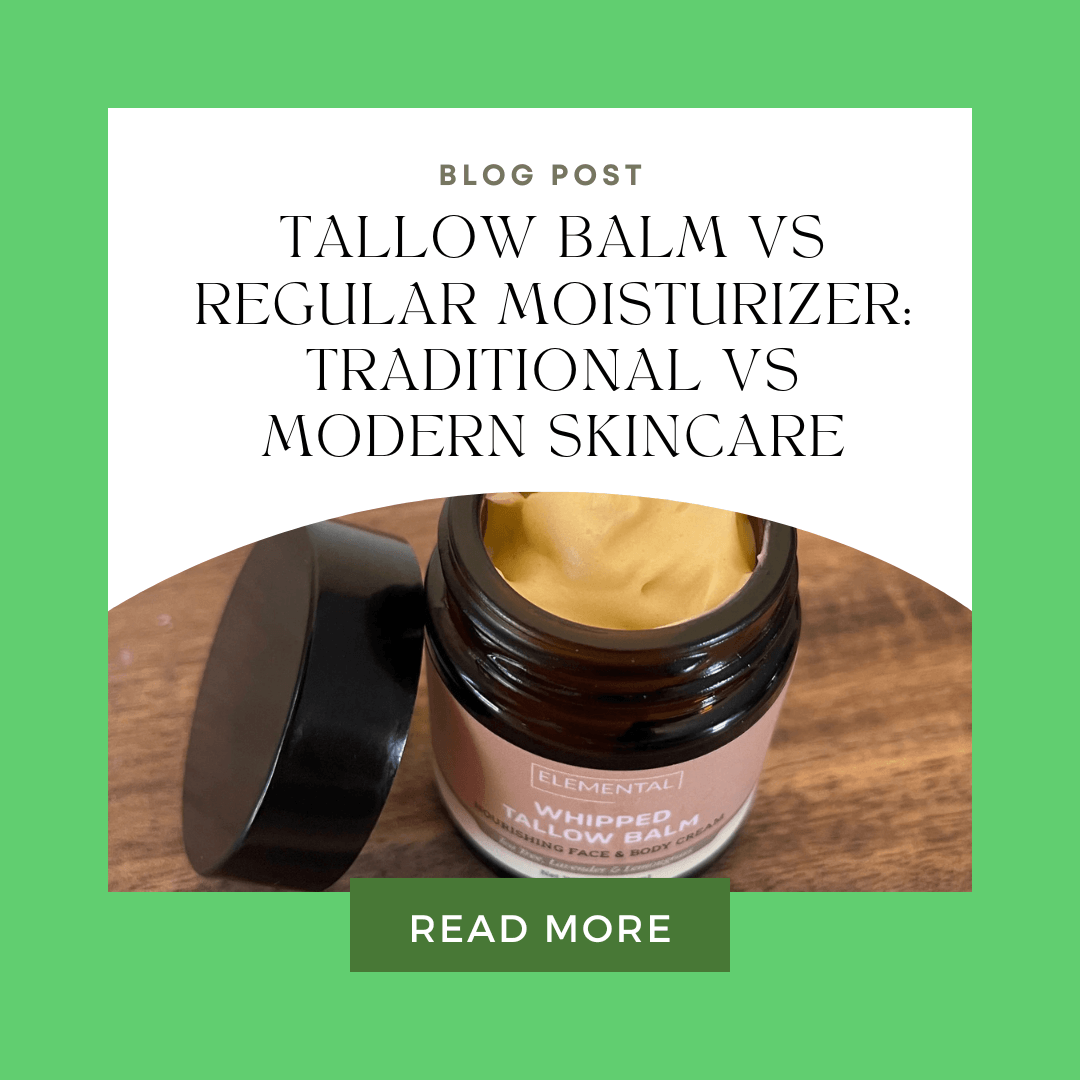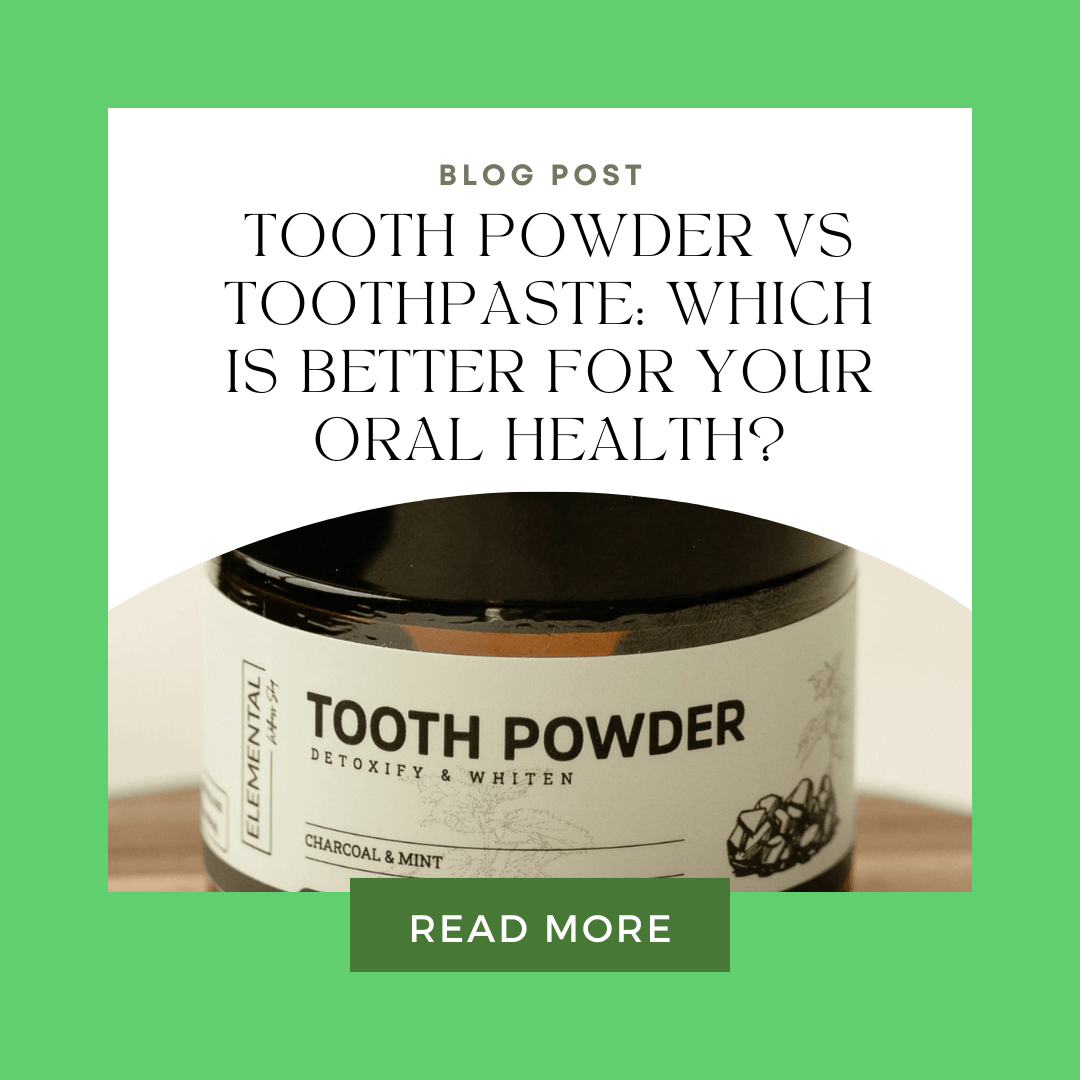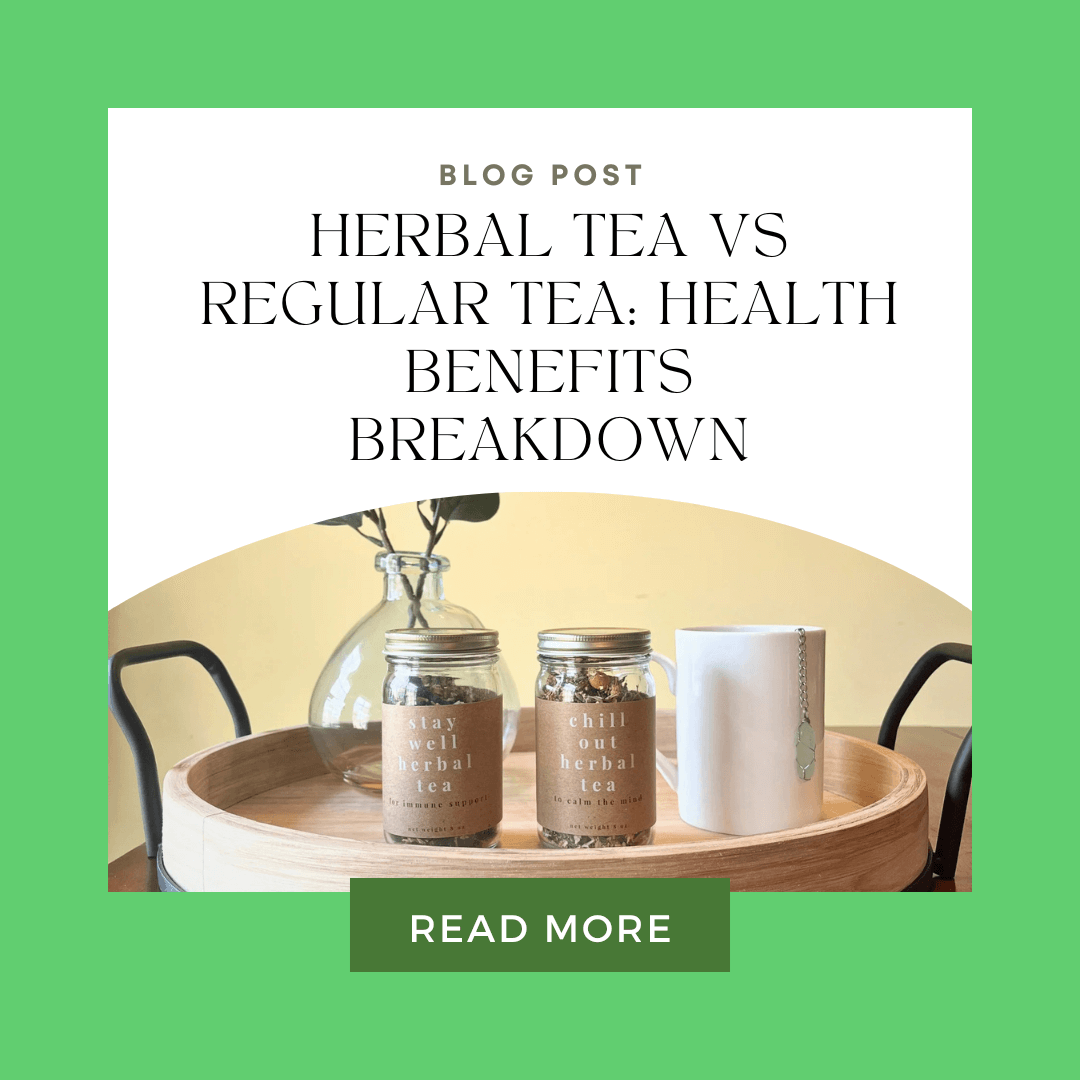Shampoo Bar vs Liquid Shampoo: Complete 2025 Comparison Guide
One shampoo bar = 3 plastic bottles of liquid shampoo. Here's why this simple switch could transform your hair health and environmental impact.
The hair care industry produces over 550 million plastic shampoo bottles annually, most ending up in landfills. But beyond environmental concerns, growing research suggests our traditional liquid shampoos may not be the best choice for long-term hair health. As an Ayurvedic practitioner and formulator of natural wellness products, I've witnessed firsthand the transformation that occurs when people switch from chemical-laden liquid shampoos to properly formulated shampoo bars.
This comprehensive comparison will help you understand the real differences between shampoo bars and liquid shampoos, backed by science and traditional wisdom. Whether you're seeking healthier hair, environmental sustainability, or both, this guide provides everything you need to make an informed decision.
What Are Shampoo Bars?
Shampoo bars represent a return to traditional hair care wisdom, combining concentrated cleansing power with minimal environmental impact. Unlike their liquid counterparts, these solid formulations contain no water, concentrating active ingredients into a compact, travel-friendly form.
The Science Behind Solid Shampoo
Traditional shampoo bars emerge from centuries-old soap-making techniques, adapted specifically for hair care. The absence of water eliminates the need for preservatives, while concentrated plant oils and natural cleansers provide gentle yet effective cleansing.
Modern shampoo bars fall into three main categories:
Saponified Bars use traditional soap-making methods, combining plant oils with sodium hydroxide (lye) through saponification. These bars create a natural glycerin byproduct that conditions hair while cleansing.
Syndet Bars (synthetic detergent bars) use gentler synthetic surfactants, offering a more familiar cleansing experience for those transitioning from liquid shampoos.
pH-Balanced Bars are formulated to match hair's natural pH of 4.5-5.5, reducing cuticle swelling and color fading.
Key Ingredients That Make the Difference
Premium shampoo bars contain concentrated botanical ingredients that support scalp and hair health:
Coconut Oil provides natural cleansing properties through its high concentration of lauric acid, which creates a rich, creamy lather while maintaining hair's moisture balance.
Castor Oil acts as a natural conditioner, coating hair strands with protective moisture and promoting healthy growth through ricinoleic acid.
Essential Oils offer therapeutic benefits beyond fragrance—tea tree for scalp health, rosemary for circulation, lavender for soothing sensitive scalps.
Natural Clays like bentonite and rhassoul absorb excess oil without stripping hair, making them ideal for oily hair types.
At Elemental Wellness, our Shampoo Bar combines premium ingredients through cold-process methods, preserving their natural benefits while creating a gentle, effective cleanser suitable for all hair types.
Traditional Liquid Shampoo Explained
Conventional liquid shampoos dominate store shelves, but understanding their composition reveals why many people experience better results with natural alternatives.
The Water Problem
Most liquid shampoos contain 70-80% water, which dilutes active ingredients and necessitates preservatives. This water content also increases shipping weight and packaging requirements, contributing to environmental impact.
Common Industrial Ingredients
Sodium Lauryl Sulfate (SLS) serves as the primary cleanser in most liquid shampoos. While effective at removing oil and dirt, SLS can strip hair's natural protective oils, leading to dryness and irritation.
Parabens and Formaldehyde Releasers preserve the product's shelf life but raise concerns about hormone disruption and sensitization with prolonged use.
Silicones create immediate smoothness and shine but can build up over time, weighing hair down and preventing moisture penetration.
Artificial Fragrances may contain dozens of unlisted chemicals, potentially triggering sensitivities in those with fragrance allergies.
Manufacturing and Marketing
Industrial shampoo production prioritizes consistency, shelf stability, and cost-effectiveness over ingredient quality. This approach creates products that perform predictably but may not support long-term hair health.
The marketing focus on daily washing and product-specific solutions (separate shampoos for every hair concern) contrasts with traditional approaches that view hair health holistically.
Comprehensive Comparison: Bar vs Liquid
Environmental Impact Analysis
The environmental differences between shampoo bars and liquid shampoos are striking:
| Factor | Shampoo Bar | Liquid Shampoo |
|---|---|---|
| Packaging | Minimal paper wrapper or none | Plastic bottles (95% non-recycled) |
| Water Usage | 0% water content | 70-80% water content |
| Carbon Footprint | 80% lower shipping emissions | High weight = high emissions |
| Biodegradability | Complete within weeks | Synthetic ingredients persist |
| Product Lifespan | 80-100 washes | 30-40 washes |
Packaging Revolution: A single shampoo bar typically replaces 3-4 plastic bottles. With Americans using an average of 11 bottles of shampoo annually, switching to bars could eliminate billions of plastic containers from waste streams.
Water Conservation: Beyond the water content in the product itself, liquid shampoo production requires significantly more water for manufacturing, while bars can be produced with minimal water usage.
Transportation Efficiency: Concentrated bars weigh 85% less than equivalent liquid products, dramatically reducing shipping emissions and storage requirements.
Hair Health Benefits Comparison
Shampoo Bar Advantages:
- Concentrated plant oils nourish hair shaft and scalp
- Natural glycerin production during saponification provides conditioning
- Absence of harsh sulfates preserves hair's natural oil balance
- No silicone buildup allows hair's natural texture to emerge
- Essential oils provide therapeutic scalp benefits
Liquid Shampoo Advantages:
- Immediate, familiar lathering action
- Precise pH control for color-treated hair
- Specialized formulations for specific hair types
- Instant conditioning agents provide immediate smoothness
- Consistent application and coverage
Cost Analysis: Long-term Value
While shampoo bars often cost more upfront ($12-25 vs $3-15 for liquid), their concentrated nature provides superior value:
Per-Wash Cost: Quality shampoo bars cost approximately $0.15-0.25 per wash, compared to $0.25-0.40 for premium liquid shampoos.
Longevity Factor: A 3-ounce shampoo bar typically provides 80-100 washes, while a 12-ounce liquid shampoo bottle provides 30-40 washes.
Travel Savings: Bars require no special containers, eliminate spill risks, and don't count toward liquid restrictions.
Multi-Purpose Value: Quality bars can often function as body soap, reducing the need for multiple products.
Convenience and Ease of Use
Shampoo Bar Learning Curve: The transition to bars requires technique adjustment. Most people over-apply initially, then discover that minimal product creates adequate cleansing.
Application Method: Work the bar between wet hands to create lather, then apply to hair, or gently rub the bar directly on wet hair and scalp.
Storage Requirements: Proper drainage and air circulation extend bar life significantly. Soap dishes with drainage or hanging soap bags work best.
Travel Advantages: No liquid restrictions, no spill concerns, compact size, and no need for protective containers make bars ideal for travel.
Liquid Shampoo Familiarity: Most people can use liquid shampoo effectively without instruction, making it the easier short-term choice.
Hair Type Considerations
Fine/Thin Hair: Shampoo bars provide volume without weighing hair down, as they don't leave heavy conditioning agents that can flatten fine hair.
Thick/Coarse Hair: High-quality bars with conditioning oils like shea butter and argan oil can provide adequate moisture, though some may prefer liquid formulas with intensive conditioning agents.
Curly Hair: Natural oils in quality bars often enhance curl definition and reduce frizz better than sulfate-containing liquids.
Color-Treated Hair: pH-balanced bars or gentle syndet bars can preserve color longer than harsh sulfate shampoos, though specialized color-safe liquids may offer more targeted protection.
Oily Hair: Clay-based bars excel at oil absorption without over-drying, while liquid clarifying shampoos provide more dramatic oil removal.
Making the Switch: Your Complete Transition Guide
Week 1-2: Adjustment Period Expectations
Your hair and scalp need time to adjust from synthetic detergents to natural cleansers. During this period, you might experience:
Initial Texture Changes: Hair may feel different—sometimes slightly waxy or limp—as it releases synthetic buildup and adjusts to natural cleansing.
Scalp Rebalancing: Your scalp may produce more or less oil as it adjusts to gentler cleansing. This typically normalizes within 2-3 weeks.
Lather Differences: Natural bars create different lather than sulfate-based products. Less foam doesn't mean less cleaning power.
Technique Mastery Tips
Proper Application Method:
- Wet hair thoroughly with warm (not hot) water
- Work the bar between your hands to create lather, OR
- Gently rub the bar directly on your scalp and hair
- Massage the lather into your scalp, focusing on the roots
- Allow the lather to run through your hair length
- Rinse thoroughly—this step is crucial
Common Beginner Mistakes:
- Using too much product (a little goes far with concentrated bars)
- Applying to dry or barely wet hair
- Rushing the rinsing process
- Rubbing the bar too aggressively
Troubleshooting Common Challenges
Waxy Residue Issue: Usually caused by hard water minerals binding with soap. Solutions include:
- Apple cider vinegar rinse (1 tablespoon per cup of water)
- Installing a shower filter
- Switching to a syndet bar if you have very hard water
Insufficient Lather: Often indicates inadequate wetting. Ensure hair is thoroughly saturated before applying the bar.
Scalp Irritation: May indicate sensitivity to specific ingredients. Try unscented, gentle formulations first.
Success Strategies for Smooth Transition
Apple Cider Vinegar Rinse: Once weekly, rinse with diluted ACV to remove any mineral buildup and restore hair's natural pH.
Quality Matters: Invest in a properly formulated bar from a reputable maker. Cheap bars often use inferior ingredients or improper ratios.
Storage Solutions: Keep your bar dry between uses with a well-draining soap dish or hanging bag to maximize longevity.
Patience and Persistence: Give your hair 4-6 weeks to fully adjust before making final judgments about shampoo bars.
Best Shampoo Bars by Hair Type
Fine/Oily Hair: Clarifying Formulations
Look for bars with clay content and minimal conditioning oils. Bentonite clay and rhassoul clay excel at absorbing excess oil without over-drying.
Recommended Ingredients: Green tea (antioxidant protection), peppermint (scalp stimulation), lemon essential oil (oil control).
Dry/Damaged Hair: Moisturizing Bars
Seek formulations rich in conditioning butters and oils. Shea butter, cocoa butter, and argan oil provide deep moisture restoration.
Recommended Ingredients: Oatmeal (soothing), honey (humectant), coconut milk (conditioning).
Curly Hair: Curl-Enhancing Natural Oils
Curly hair thrives with bars containing oils that enhance natural curl patterns without weighing hair down.
Recommended Ingredients: Coconut oil (penetrating moisture), jojoba oil (scalp balancing), aloe vera (frizz control).
Color-Treated Hair: Gentle, Sulfate-Free Formulations
Color-treated hair needs gentle cleansing to preserve vibrancy and prevent fading.
Recommended Ingredients: Chamomile (color enhancement), sunflower oil (UV protection), quinoa protein (strengthening).
Sensitive Scalp: Hypoallergenic Options
Those with sensitive scalps should choose unscented bars with minimal, gentle ingredients.
Recommended Ingredients: Calendula (anti-inflammatory), goat milk (gentle moisturizing), unscented formulations.
Featured Product Spotlight: Elemental Wellness Shampoo Bar
Our Shampoo Bar represents years of formulation refinement, combining traditional cold-process soap-making with modern understanding of hair science.
Why It Works: We use only organic oils—coconut for cleansing, olive for conditioning, and castor for hair growth support. The cold-process method preserves these oils' natural benefits while creating glycerin for additional conditioning.
Best For: All hair types, particularly those with sensitive scalps or those seeking to eliminate synthetic ingredients from their routine.
Key Benefits:
- Handmade in small batches for quality control
- Made in Colorado with locally sourced ingredients when possible
- Free from sulfates, parabens, and synthetic fragrances
- pH balanced for optimal hair and scalp health
- Lasts 2-3 months with proper care
Ingredients You Can Trust: Organic coconut oil, organic olive oil, organic castor oil, sodium hydroxide (none remains after saponification), and carefully selected essential oils for fragrance and therapeutic benefits.
30-Day Guarantee: We're confident in our formulation's effectiveness, offering a full refund if you're not satisfied with the results after giving your hair time to adjust.
Debunking Common Shampoo Bar Myths
Myth: "Bars Leave Hair Waxy or Greasy"
Truth: Quality bars formulated with proper oil ratios don't leave residue. This myth often stems from experience with poorly made bars or those containing too much conditioning oil. Professional formulations balance cleansing and conditioning appropriately.
Myth: "You Always Need Conditioner After Shampoo Bars"
Truth: Well-formulated bars often eliminate the need for separate conditioner, especially for those with normal to oily hair. The natural glycerin produced during saponification provides conditioning properties.
Myth: "Bars Don't Lather as Well as Liquid Shampoo"
Truth: Different doesn't mean inferior. Natural lather may be less voluminous than sulfate-created foam, but cleaning effectiveness depends on surfactant action, not bubble quantity.
Myth: "Liquid Shampoo Cleans Better"
Truth: Cleaning power comes from surfactant concentration and type, not whether the product is liquid or solid. Quality bars often contain higher concentrations of active cleansing ingredients than water-diluted liquids.
Myth: "Shampoo Bars Are Just Soap for Hair"
Truth: While some bars use saponification, modern shampoo bars can be formulated as syndets (synthetic detergent bars) or specially pH-balanced formulations designed specifically for hair care.
DIY vs Store-Bought Shampoo Bars
DIY Advantages
Making your own shampoo bars offers complete ingredient control and cost savings. You can customize formulations for specific hair needs and ensure organic, high-quality ingredients.
DIY Disadvantages
Soap making requires safety precautions when working with lye, and achieving proper formulation balance takes experience. Improper ratios can result in harsh or ineffective bars.
Professional Bar Advantages
Established makers like Elemental Wellness have refined formulations through extensive testing. Professional equipment ensures consistent quality and safety standards.
What to Look For in Store-Bought Bars
- Ingredient Transparency: Full ingredient lists with recognizable components
- pH Information: Bars formulated for hair's optimal pH range
- User Reviews: Real customer experiences, especially from similar hair types
- Maker Reputation: Companies with experience in natural formulation
- Testing Standards: Third-party testing for purity and safety
Storage and Care Tips for Maximum Longevity
Proper Drying Techniques
Allow your bar to air dry completely between uses. Prolonged moisture contact dissolves bars prematurely and can harbor bacteria.
Storage Solutions
Soap Dishes with Drainage: Slotted dishes allow air circulation while catching drips.
Hanging Soap Bags: Mesh bags provide excellent drainage while keeping small bar pieces contained.
Travel Containers: For travel, use containers with ventilation holes or allow bars to dry before sealing.
Hard Water Adjustments
If you have hard water, consider:
- Apple Cider Vinegar Rinses: Weekly ACV rinses prevent mineral buildup
- Water Filtration: Shower filters reduce mineral content that can interfere with bar performance
- Chelating Shampoo: Occasional use of chelating products removes mineral buildup
Maximizing Bar Lifespan
- Cut Large Bars in Half: Use one piece while the other stays dry
- Rotate Usage: If you have multiple bars, rotate to allow complete drying
- Avoid Hot Water: Excessively hot water dissolves bars faster than warm water
- Store in Cool, Dry Places: Heat and humidity accelerate bar dissolution
Frequently Asked Questions
How long do shampoo bars typically last?
A 3-4 ounce shampoo bar typically provides 80-100 washes with proper storage and usage. This equals approximately 2-3 months for most people, comparable to 2-3 bottles of liquid shampoo.
Can I use shampoo bars on color-treated hair?
Yes, but choose pH-balanced or syndet bars rather than traditional soap bars. Gentle formulations can actually preserve color better than harsh sulfate shampoos. Always patch test and consult your colorist for specific recommendations.
Do shampoo bars work in hard water?
Quality bars work in hard water, though you may need to adjust your routine. Consider using apple cider vinegar rinses or installing a shower filter. Syndet bars often perform better than traditional soap bars in hard water areas.
Are shampoo bars safe for daily use?
Most people find they can wash less frequently with shampoo bars since they don't strip natural oils as aggressively as sulfate shampoos. Many users wash every 2-3 days instead of daily. Listen to your hair and scalp's needs.
Why does my hair feel different with shampoo bars?
Hair texture often changes during the transition period as synthetic buildup clears and hair returns to its natural state. This can take 2-6 weeks. Many people discover their hair's true texture and find it healthier than when using conventional products.
Can children use shampoo bars?
Yes, gentle, unscented formulations are excellent for children. The simple ingredient lists reduce allergy risks, and the fun format often makes hair washing more enjoyable for kids.
How do I prevent my bar from getting mushy?
Proper drainage is key. Use soap dishes with slots or hanging bags that allow air circulation. Never leave bars sitting in standing water or enclosed containers while wet.
Can I travel with shampoo bars on airplanes?
Yes! Shampoo bars don't count as liquids, so they're not subject to the 3-1-1 rule. This makes them perfect for carry-on travel, eliminating spill risks and saving space.
Our Verdict: Making the Right Choice for You
After extensive testing and years of formulating natural hair care products, here's our assessment:
Best for Environment: Shampoo Bars Win Decisively
The environmental advantages of bars are undeniable. Eliminating plastic packaging, reducing shipping emissions, and using biodegradable ingredients make bars the clear choice for environmentally conscious consumers.
Best for Hair Health: Quality Formulation Matters Most
Both bars and liquids can support hair health when properly formulated. The key is avoiding harsh sulfates and synthetic ingredients while choosing products with nourishing, natural components.
Best for Convenience: Depends on Your Lifestyle
Liquid shampoos offer immediate familiarity and require no technique adjustment. However, bars excel for travel, small bathrooms, and those who appreciate minimal packaging.
Best for Budget: Shampoo Bars Provide Long-term Value
While bars cost more initially, their concentration and longevity provide better value per wash. Factor in the elimination of conditioner needs for many users, and bars often prove more economical.
Our Final Recommendation
For most people seeking healthier hair care with environmental benefits, quality shampoo bars represent the superior choice. The initial adjustment period pays dividends in improved hair health, reduced environmental impact, and long-term cost savings.
Start Your Transition Today: Try our Elemental Wellness Shampoo Bar with our 30-day satisfaction guarantee. Made with organic oils using traditional cold-process methods, it provides gentle cleansing without synthetic ingredients.
Perfect for: Those ready to eliminate plastic bottles from their routine, travelers seeking spill-proof hair care, and anyone wanting to discover their hair's natural health and texture.
Your hair—and the planet—will thank you for making the switch to traditional, concentrated shampoo bar goodness.
Transform your hair care routine with our handcrafted Shampoo Bar, made in Colorado with organic ingredients and traditional wisdom. Experience the difference natural, concentrated hair care can make.





